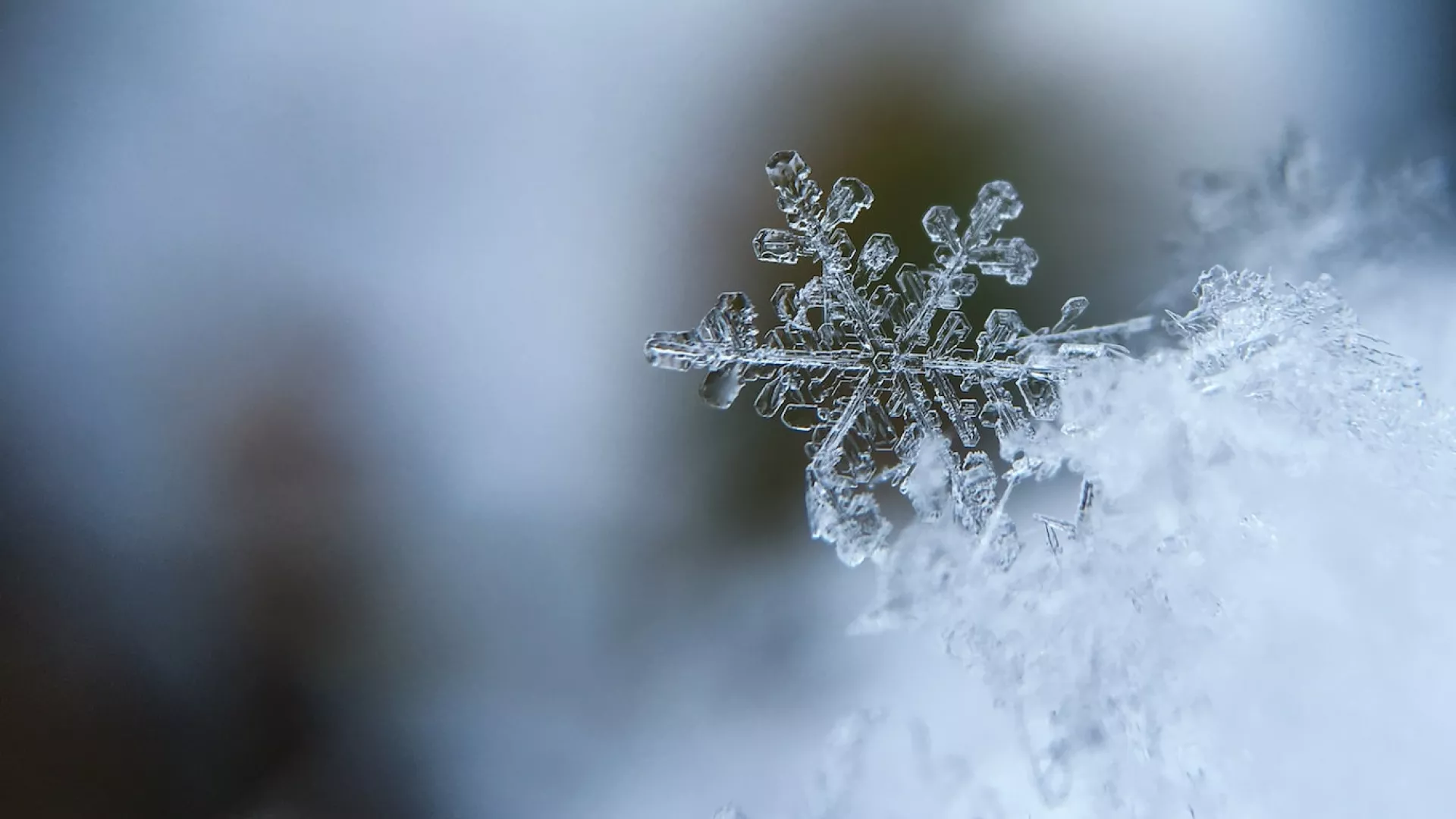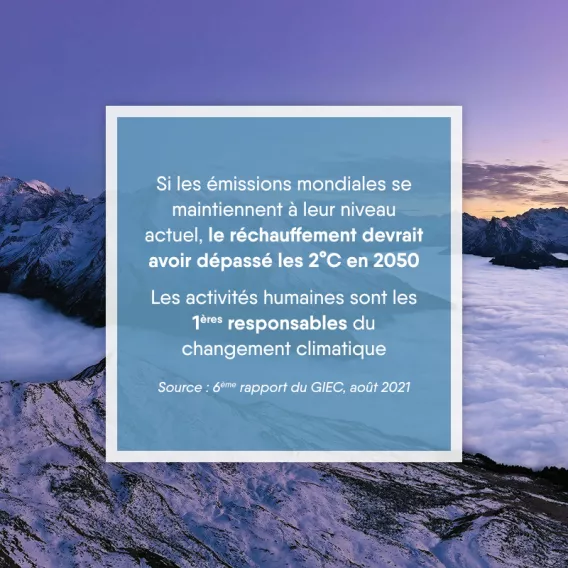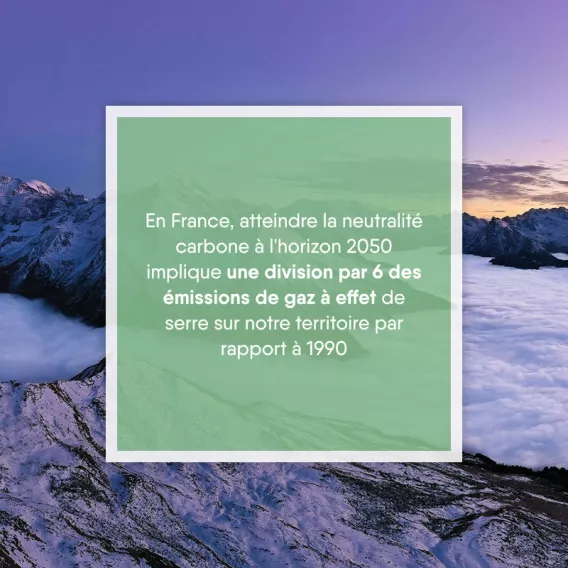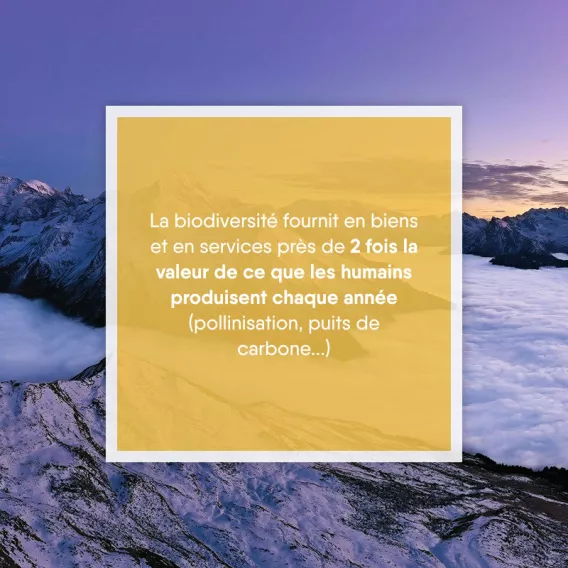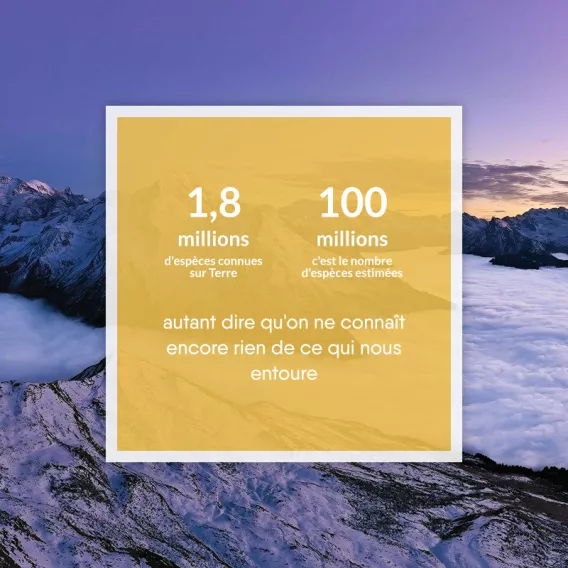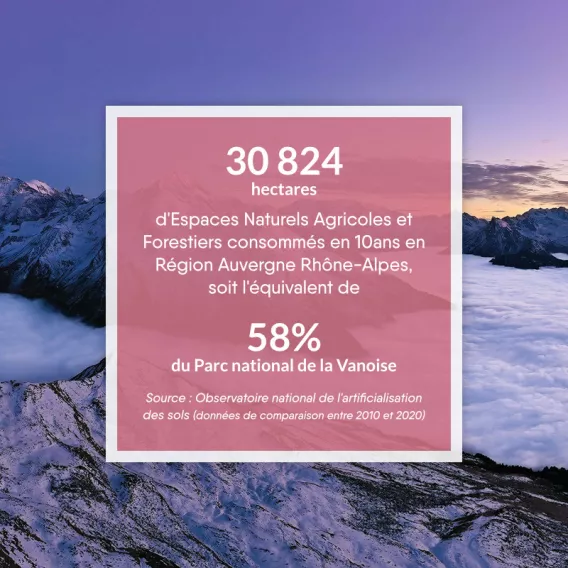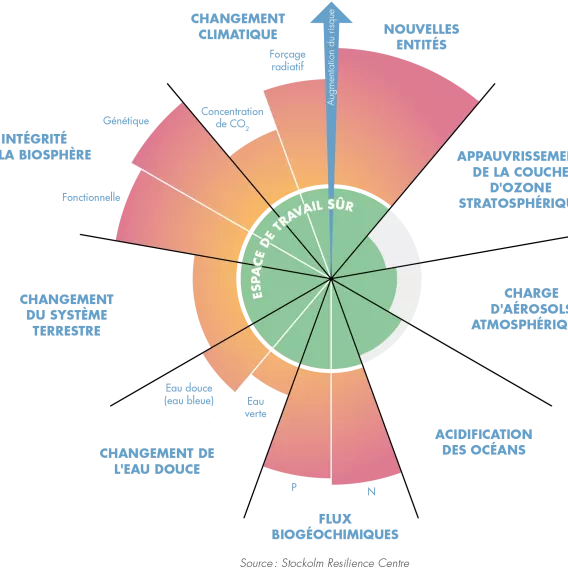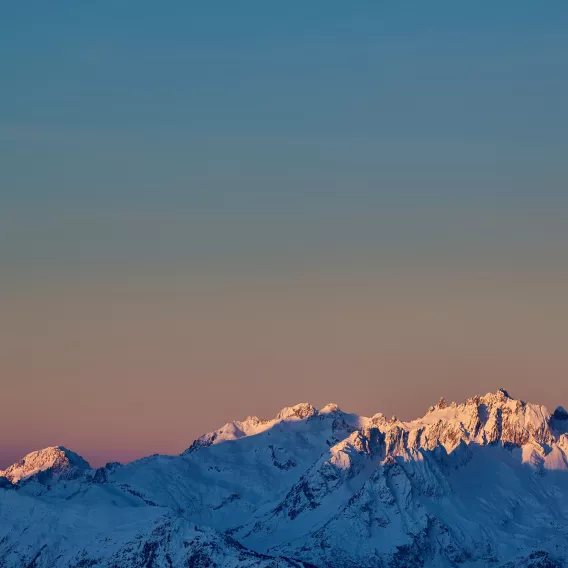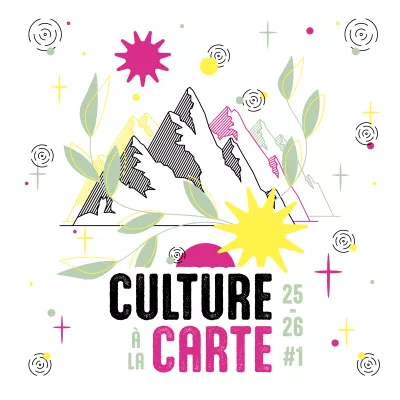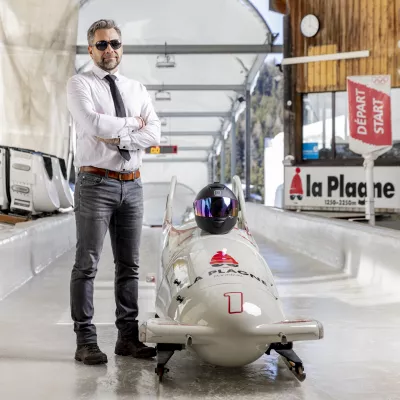WHAT WE KNOW
THE IPCC
Science at the service of the climate
For over 30 years, the IPCC (Intergovernmental Panel on Climate Change) has been assessing the state of knowledge on the evolution of the climate, its causes and its impacts. It also identifies the possibilities of mitigating the extent of global warming and the severity of its impacts and adapting to the expected changes. The IPCC reports provide a regular inventory of the most advanced knowledge and are now at the heart of international climate negotiations. This publication is also fundamental to alerting decision-makers and civil society.
THE NATIONAL LOW CARBON STRATEGY
Our guide to a low carbon economy
The National Low Carbon Strategy (Stratégie Nationale Bas-Carbone - SNBC) outlines the French roadmap for fighting climate change. It aims at achieving carbon neutrality by 2050 and reducing the carbon footprint of French consumption. It provides guidelines for implementing the transition to a low carbon, circular and sustainable economy in all sectors of activity. It defines a trajectory for reducing greenhouse gas emissions until 2050 and sets short- and medium-term objectives: carbon budgets.
BIODIVERSITY
The essence of our territories
Current climate change modifies the interactions between species and their habitats in ecosystems. For global warming of 2 to 3 °C, experts expect an increase in the risk of extinction for 20 to 30 % of animals and plants. The law for reconquering the biodiversity, nature and landscapes has set the goal of reducing the net loss of biodiversity to zero. The Biodiversity Plan aims to implement this goal and is intended to strengthen France’s actions to preserve biodiversity and, for the first time, to mobilise levers to restore it when it is degraded.
ZERO NET ARTIFICIALISATION
The trajectory of our land use
Established in 2018 in the Biodiversity Plan and enshrined in the Climate and Resilience Law in August 2021, this approach consists of reducing urban extension as far as possible and managing to halve the consumption of natural, farm and forest land by 2030 and to achieve zero net artificialisation in the longer term, i.e. by 2050. A government roadmap that is currently being drawn up must set a timetable and a trajectory for achieving this goal. A national observatory must then take shape in 2024 to monitor these developments.
LES LIMITES PLANÉTAIRES
Les limites planétaires
Le concept des limites planétaires a été défini en 2009 par un groupe international de 26 chercheurs avec pour objectif de mieux comprendre le « système-Terre ». Il offre une vision globale et transversale des risques planétaires car il permet de suivre les interactions entre ces différents domaines.
Il existe 9 limites planétaires : le changement climatique, l’érosion de la biodiversité, la perturbation des cycles biogéochimiques de l’azote et du phosphore, les changements d’utilisation des sols, l’acidification des océans, l’utilisation mondiale de l’eau, l’appauvrissement de l’ozone stratosphérique, l’augmentation des aérosols dans l’atmosphère, l’introduction d’entités nouvelles dans la biosphère.
Les limites planétaires constituent un seuil où l'habitabilité de la terre par l'homme pourrait être remise en cause. Franchir chaque limite augmente le risque de déstabiliser l’environnement planétaire de manière irréversible, avec des impacts majeurs pour les êtres vivants. Aujourd’hui, 6 limites planétaires sont dépassées.
L’accord de Paris : objectif 2 tonnes équivalent CO2
L’accord de Paris est un traité international, juridiquement contraignant, qui marque un tournant dans la lutte contre le réchauffement climatique. Il a été adopté par 196 parties lors de la COP21, à Paris le 12 décembre 2015 et est entré en vigueur le 4 novembre 2016. Il a fixé un objectif : limiter la hausse de la température sous 2 degrés d'ici à 2100.
Pour y arriver, nous devons réduire nos émissions de gaz à effet de serre afin d’atteindre la neutralité carbone à horizon 2050. Cela se traduit notamment par la réduction des émissions à 2 tonnes équivalent CO2 par an et par habitant d’ici 2050 (VS 10 t aujourd’hui).
What about in the mountains?
The mountains are not spared by global warming. The impacts seem even more visible than elsewhere: melting of the glaciers, less snow cover at low and medium altitudes, disturbance of the biodiversity, thawing of the permafrost and rockslides.
As concerns the impact of carbon emissions, the mountain regions are particularly concerned because of visitor travel and the heating of accommodation at altitude. According to the carbon assessment performed by consultant UTOPIES for La Plagne in 2022, visitor transport, food and accommodation represents 88% of the resort’s greenhouse gas emissions (initial estimations).
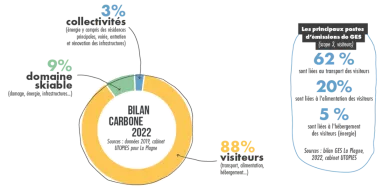
Le contexte :
Des études sont réalisées sur le bilan de masse des glaciers : différence entre la neige accumulée et la fonte (accumulation VS ablation). Selon l’ONERC* en 2023, en moyenne et en 20 ans (entre 2002 et 2021) : les cinq glaciers suivis (Ossoue, Gebroulaz, Argentière, Saint Sorlin, Mer de Glace) ont perdu -25 mètres d’équivalent eau.
*Observatoire national sur les effets du réchauffement climatique
Les conséquences :
La fonte des glaciers a un effet sur le climat lui-même via l’effet d’albédo : la capacité d’une surface à refléter, en fonction de sa couleur, les rayons du soleil vers l’espace. En fondant, la glace expose les surfaces de la Terre qui absorbent alors les rayons du soleil et provoque donc une accélération du réchauffement climatique. Selon Météo France, les montagnes se réchauffent 2 fois plus vite que le reste du pays (2°C au cours du XXe siècle pour les Alpes et les Pyrénées VS 1,4°C pour le reste du pays).
Par ailleurs, si la fonte des glaciers n’a pas d’impact significatif sur la montée du niveau de la mer (contrairement à la fonte des calottes polaires en Antarctique ou au Groenland), il en a un sur la ressource en eau douce. Effectivement, la fonte des glaciers entraîne une diminution de la capacité de stockage de nos territoires en eau douce. L’eau va ruisseler, s’évacuer et ne sera plus stockée (et « relâchée » en été par exemple). La fonte des glaciers peut aussi avoir d’autres conséquences : formation de lacs glaciaires et risques d’inondation, libération de gaz à effets de serre due à la fonte du permafrost…

